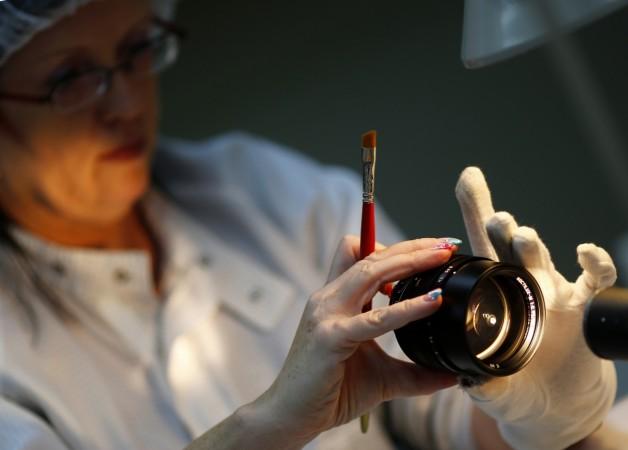
Irrespective of whether you are shooting full-frame or on a crop sensor camera, 50mm lens is possibly the best you can buy. While reasons to get them may be many, varied and even deeply personal, here are our top five reasons why you should buy a 50mm prime lens.
They're cheap
The nifty fifties, better known as the 50mm F1.8 lenses, are more often than not the cheapest lenses in any lens-maker's portfolio. This makes them the perfect lens for people just getting started with DSLR photography. They are cheap to make as they use fewer lens elements, which also makes them sharper than some entry-level zoom lenses. Nikon, Canon, Sony, Pentax and even third-party lens-makers, like Sigma and Tamron, have some nice 50mm lenses.
They're fast
Whether it's the nifty fifty with the F1.8 aperture or the more insane 50mm lenses with F1.4, F1.2 and F.95 apertures, one thing is for sure that these lenses are super fast. When we say fast, it essentially means that they allow users to shoot at much higher shutter speeds as the wide apertures allow more light to enter the camera.
They're great for portraits
Most photographers would recommend that any telephoto lens would be perfect for shooting portraits, and for users starting off on a crop-sensor camera, the 50mm lens becomes a telephoto lens. It all boils down to mathematics: On a full-frame camera, the 50mm lens is considered a normal-angle lens. Since APS-C sensors are smaller than full-frame sensors, something called a crop factor is applied to them. With Nikon, Sony and Pentax cameras, the crop factor is 1.5x and with Canon, it's 1.6x.
When you multiply 50mm by 1.5 and 1.6, the product is 75 and 80, respectively. This essentially means that on a crop-sensor camera, the 50mm lens, depending on who made the camera, will behave like a 70mm or an 80mm lens. The rule of thumb is that anything higher than 60mm is considered telephoto. Phew! Now you know why the 50mm lens can be an awesome portrait lens!
Additionally, the wide aperture also creates a shallow depth of field that's perfect for blurring the background and keeping only the subject as the centre of attention.
They're good for street photography
The reason why Leica rangefinder cameras have always been considered the best street photography cameras is because of their size. Being relatively small cameras, they were less intimidating. While DSLRs are inherently bulky, having a bulky lens on them doesn't exactly make them look innocuous, which is why the compact form factor of the 50mm really shines. While most photographers would recommend a 35mm lens for street, generally 50mm lenses are wide enough to capture a good deal of life on the streets, while not requiring that you move in close to the subject to frame it properly.
Bokeh!
Bokeh are those little orbs of light you sometimes see when an image is out of focus. The word bokeh comes from the Japanese word for 'blur' and not only does the wide aperture of the 50mm lens help blur backgrounds easily, 50mm lenses in general have been developed over the years to provide pleasing bokeh. The light orbs are more often than not round in shape, without any weird patterns in them, which makes the bokeh look more appealing.

















